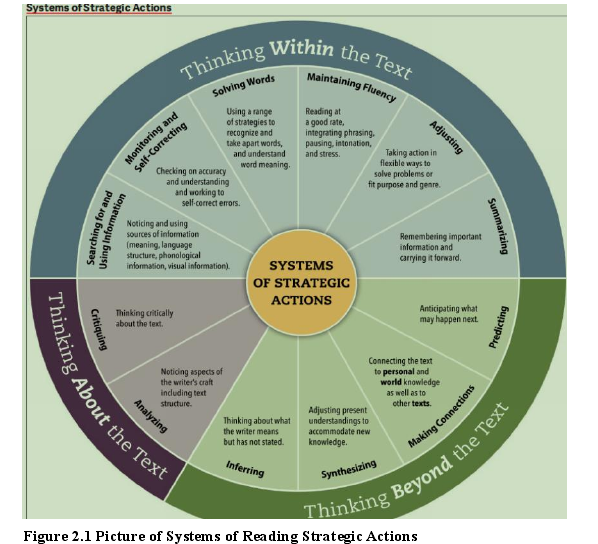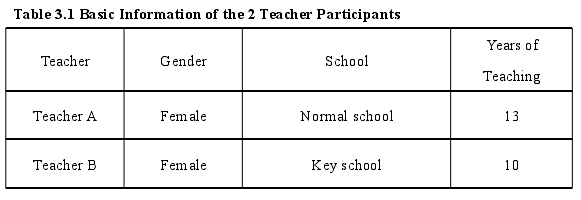本文是一篇英语论文,根据《普通高中英语课程标准》(2017年)的要求以及战略行动系统理论和思维特征核心能力水平,本研究通过课堂观察和访谈,探讨教师如何在英语阅读课堂活动中培养学生的思维品质。
Chapter 1 Introduction
1.1 Background of the Study
With the development and promulgation of the National English CurriculumStandards for General High School (version 2017), and the requirements for corecompetences of English subject, “thinking traits” has been explicitly listed as one of thecore competences of English subject for the first time. It is stipulated in the newCurriculum Standard that English teachers should be able to carry out the educationalconcept of subject core competences, and develop students’ core English competences.Liu Daoyi (2018) has mentioned that it is very important to pay attention to languageknowledge, but if cultivation of thinking traits is ignored in language teaching, it will beinefficient. Therefore, English teacher in senior high school should pay more attention tocultivating students’ thinking traits which include logical thinking, critical thinking andinnovative thinking. However, it is difficult for most senior high school English teachersto implement the goal of cultivating thinking traits in practical English teaching.According to previous studies, reading is a process in which readers can receive andabsorb new information. That is to say, it is a process of thinking. In this sense, reading isan effective way to cultivate students’ thinking traits (Liu & Jie, 2021). The NationalEnglish Curriculum Standards for General High School (version 2017) has mentioned thata series of comprehensive thinking activities related to characteristics of language learningshould be designed and completed in order to cultivate students’ thinking traits. Based onthis statement, it is really significant for English teachers to set classroom activities relatedto cultivating students’ thinking traits because reading activity is the most direct andeffective way to improve students’ thinking traits. Students can acquire different thinkingmethods and develop different competence to understand the text with the teacherdesigning various reading activities in the process of English reading class. Theimportance of cultivating thinking traits by reading activities is obvious.
..............................
1.2 Purpose and Significance of the Study
This study aims to explore the implementation and level of the cultivation of thinkingtraits in high school English reading open class, discover the problems existing in theimplementation of classroom activities about cultivating thinking traits, and then explorethe main factors affecting the cultivation of thinking traits in high school English readingteaching and the solutions. Firstly, this study explores the cultivation of logical thinking,critical thinking and innovative thinking in English teachers’ reading activities. Secondly,it analyzes the thinking levels that the teachers can guide their students to reach throughreading activities. Finally, the study evaluates whether teachers’ understanding of thinkingtraits is comprehensive or not. The analysis and major findings of this study may provideEnglish teachers in high school more optional ways to improve their understanding of thecultivation of students’ thinking traits. Teachers will raise awareness of setting classroomactivities to cultivate students’ high-level thinking.
...............................
Chapter 2 Literature Review
2.1 Definition and Dimensions of Thinking Traits
2.1.1 Definition of Thinking Traits
The study of thinking traits in foreign countries is earlier than our country. Sovietpsychologists were the pioneer who explored the essence of thinking traits. The Sovietpsychologists studied the thinking traits depending on the point of Marxist philosophy,who not only acknowledged the commonness of thinking development, but alsoemphasized the personality of thinking development. In addition, they have clearlypointed out that the personality characteristics are the thinking traits. There are threefactors that make a difference to thinking traits: agility of thinking, flexibility of thinking,and uniqueness of thinking (Lin Chongde, 1984). In the twentieth century, a famouseducator Dewey, J. (1926) holds that language is a tool of thinking, and that language hasa particularly close relationship with thinking. This clearly shows the relationshipbetween foreign language teaching and the cultivation of thinking ability. In the early1950s, some western researchers began to explore thinking traits. Guilford (1950), anAmerican psychology researcher, focuses on analyzing the relationship between thinkingand creativity on the basis of the intellectual three-dimensional framework of thinking,and emphasizes that the key to creative thinking is divergent thinking. Pogoslovsky (1979)points out that the quality of intelligence reflects the characteristics of people’s thinkingactivities and plays a decisive role in the quality of individual thinking. It covers theprofundities of wisdom, the logic of thinking and the criticality of thinking.
...................................
2.2 Classroom Activity
2.2.1 The Definition of Classroom Activity
Classroom activities are vital in establishing and maintaining teaching and learningprocess. There is no doubt that classroom activities have a deep influence on students’learning in English class. The significant position of classroom activities is an aspect ofresearch. From very early on, it has received a lot of attention in language teaching fromscholars and foreign language teachers so that there are many different definitions of“classroom activity” proposed from different perspectives.
John Dewey (1926) can be seen as the forefather who introduces “activity” into thefield of education. To gain true knowledge, individuals must be actively involved inactivities. He proposes the famous principle and core theory of “learning by doing”,which also means that the teacher should design the class activity which can drivestudents to learn from activities or from their own experiences. Brown (1991) points out that an activity is a task that learners perform for the purpose of understanding, producingor interacting with the target language. His definition focuses on the effectiveness of anactivity. According to Nunan (2000), an activity has a given goal, content, procedure,material and some auxiliary means. More importantly, the activity also includesparticipants and guiders. He explains classroom activities from the perspective ofinteraction, believing that classroom activities are a reflection of the real world. Lu (2008)indicates “Classroom activities are a kind of bilateral activities composed of teachers’teaching and students’ learning.” During the procedure, classroom activities are mainlystudent-centered and teacher- guided. Wang Qiang (2013) points out that reading is aninteractive process, and reading teaching can be regarded as the interaction betweenstudents, teachers and reading texts. The teaching of reading should help students developthe ability of acquiring information, processing information and evaluating information.

Figure 2.1 Picture of Systems of Reading Strategic Actions
..................................
Chapter 3 Research Design.....................................22
3.1 Research Questions............................................ 22
3.2 Research Subjects...............................22
3.3 Research Instruments....................................23
Chapter 4 Analysis and Discussion....................................... 26
4.1 Analysis on the Thinking Traits that Students were Cultivated............................ 26
4.1.1 The Overview of Classroom Activities of the 2 Teacher Participants........26
4.1.2 Analysis of the Classroom Activity in the Dimension about Thinkingwithin the Text........................27
Chapter 5 Conclusion...................................46
5.1 Major Findings of the Present Study.......................................46
5.2 Implications for Improving Cultivation of Thinking Traits.................................. 47
Chapter 4 Analysis and Discussion
4.1 Analysis on the Thinking Traits that Students were Cultivated
4.1.1 The Overview of Classroom Activities of the 2 Teacher Participants
In teacher A’s reading class, teacher A questioned students in the stage of pre-reading:“have you ever seen a movie on your National Holiday?”. Later, she guided students tobrainstorm what movie they like. Then she introduced one movie that she liked tostudents, and guided them to compare ways of game scoring in present time and in thepast by questioning. After watching, teacher A presented some pictures and asked studentsto find the differences of transportation between the present and the past, then she letstudents predict what kind of transportation they would use in the future. After studentsanswered the question, she introduced the characters of the reading passage by presentingpictures and asked student to predict what will happen to the character.
In the stage of while-reading, she guided student to search the information from thereading text about 4 questions: What did the story happened? When it is happened? Whois the hero in this story? What did he or she do? In the next activity, teacher A guidedstudents to find the main idea of reading text after skimming the text and then make achoice from 4 options. At last, she asked students to fill the blanks with words which candescribe the character’s feelings, problems, and solutions according to the reading text.

Table 3.1 Basic Information of the 2 Teacher Participants
..................................
Chapter 5 Conclusion
5.1 Major Findings of the Present Study
Based on the requirements of the National English Curriculum Standards forGeneral Senior High Schools (2017) and the theory of Systems of Strategic Actions andlevel of core competences of thinking traits, this study explores how teachers cultivatestudents’ thinking traits in English reading classroom activities through classroomobservation and interviews. The main findings are as follows:
(1) The two teachers’ reading class activities have cultivated students’ logical andinnovative thinking, but failed to cultivate students’ critical thinking.
Depending on the perspective of the cultivation of 3 dimensions of thinking traits, 2teacher participants’ reading activities more involve the cultivation of logical andinnovative thinking but hardly involve the cultivation of critical thinking in readingactivities. In a word, the 2 teachers’ cultivating students’ thinking traits is insufficient.
(2) The two teacher participants’ reading class activities can guide the students toreach the second level of logical thinking and the first level of innovative thinking but notrelated to level of critical thinking.
From the analysis of the two teachers’ classroom activities, the common problem canbe presented as follows. The two teachers cannot involve students in high levels of criticalthinking and innovative thinking, but logical thinking can be cultivated well, so thecultivation of thinking traits is unbalanced.
reference(omitted)
